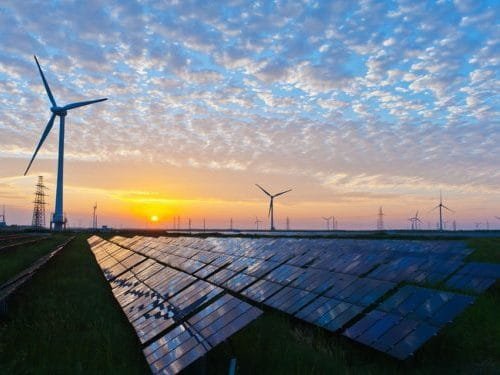Summary
- Wind and solar energy are growing rapidly enough to potentially surpass the demand for fossil fuel-generated electricity, leading to a downward trend in emissions.
- By tripling renewables by 2030, power sector emissions could decrease significantly and put the world on track to meet the 1.5C climate target.
- Despite progress, clean energy sources need to accelerate growth to meet global goals and combat rising electricity demand driven by electrification in areas like transportation.
- The expansion of renewable energy has already slowed the growth of fossil fuel generation, leading to a decline in related emissions.
- The adoption of wind and solar energy is critical in transitioning away from fossil fuels towards a cleaner, more sustainable energy future.
Wind and solar are growing faster than any other sources of electricity in history, according to new analysis from thinktank Ember.
It says they are now growing fast enough to exceed rising demand, meaning there will be a peak in fossil fuel electricity generation – and emissions – from this year.
As a result, Ember says in its latest annual review of global electricity data that a “new era of falling fossil fuel generation is imminent”.
Renewables met a record 30% of global electricity demand in 2023 and emissions from the sector would already have peaked if not for a record fall in hydropower, the analysis says.
The rise of wind and solar has been stemming the growth of fossil fuel power, which would have been 22% higher in 2023 without them, Ember says. This would have added around 4bn tonnes of carbon dioxide (GtCO2) to annual global emissions.
Nevertheless, the growth of clean electricity sources needs to accelerate to meet the global goal of tripling renewables by 2030, Ember says.
[...]
Read the full post at Carbon Brief.





